Ditapis dengan
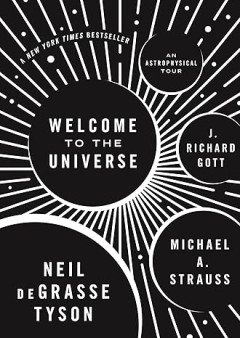
E-book Welcome to the Universe: An Astrophysical Tour
Welcome to the Universe is a personal guided tour of the cosmos by three of today's leading astrophysicists. Inspired by the enormously popular introductory astronomy course that Neil deGrasse Tyson, Michael A. Strauss, and J. Richard Gott taught together at Princeton, this book covers it all—from planets, stars, and galaxies to black holes, wormholes, and time travel. Describing the lates…
- Edisi
- -
- ISBN/ISSN
- 9780691157245
- Deskripsi Fisik
- 471 halaman, ilus.
- Judul Seri
- -
- No. Panggil
- 523.1 TYS w
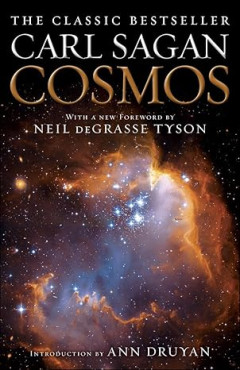
E-book Cosmos
In clear-eyed prose, Carl Sagan reveals a jewel-like blue world inhabited by a life form that is just beginning to discover its own identity and to venture into the vast ocean of space. Featuring full-color illustrations, Cosmos retraces the fourteen billion years of cosmic evolution that have transformed matter into consciousness, exploring such topics as the origin of life, the human brain, E…
- Edisi
- -
- ISBN/ISSN
- 9780307800985
- Deskripsi Fisik
- 358 halaman, ilus.
- Judul Seri
- -
- No. Panggil
- 113 SAG c
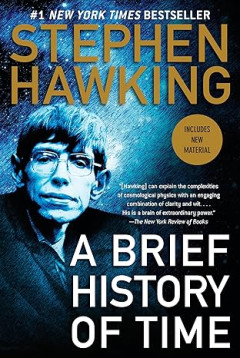
E-book A Brief History of Time
A landmark volume in science writing by one of the great minds of our time, Stephen Hawking’s book explores such profound questions as: How did the universe begin—and what made its start possible? Does time always flow forward? Is the universe unending—or are there boundaries? Are there other dimensions in space? What will happen when it all ends? Told in language we all can understand…
- Edisi
- -
- ISBN/ISSN
- 9780553896923
- Deskripsi Fisik
- 185 halaman
- Judul Seri
- -
- No. Panggil
- 523.1 HAW a
E-book Cosmos and Culture : Cultural Evolution in a Cosmic Context
Integrating concepts from philosophical, anthropological, and astrobiological disciplines, Cosmos and Culture begins to explore the interdisciplinary questions of cosmic evolution.
- Edisi
- -
- ISBN/ISSN
- 9780160831195
- Deskripsi Fisik
- 612 halaman
- Judul Seri
- -
- No. Panggil
- 113 DIC c
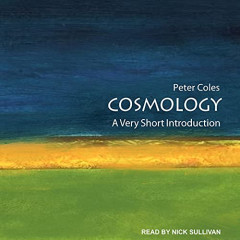
E-book Cosmology: A Very Short Introduction
Written in simple and accessible language, this nontechnical introduction to cosmology, or the creation and development of the universe, explains the discipline, covers its history, details the latest developments, and explains what is known, what is believed, and what is purely speculative. In addition, the author discusses the development of the Big Bang theory, and more speculative modern is…
- Edisi
- -
- ISBN/ISSN
- B095J99XTN
- Deskripsi Fisik
- 143 halaman
- Judul Seri
- -
- No. Panggil
- 113 COL c
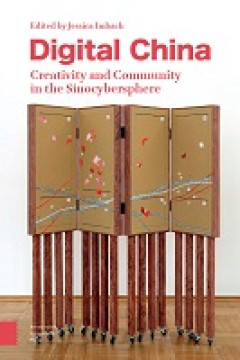
E-book Digital China: Creativity and Community in the Sinocybersphere
China, literature, digital media, and art.
- Edisi
- -
- ISBN/ISSN
- 9789463720670
- Deskripsi Fisik
- 313 halaman
- Judul Seri
- -
- No. Panggil
- 774 IMB d
E-book Cosmology Part III Mathematical Tripos
At early times, the universe was hot and dense. Interactions between particles were frequent and energetic. Matter was in the form of free electrons and atomic nuclei with light bouncing between them. As the primordial plasma cooled, the light elements—hydrogen, helium and lithium—formed. At some point, the energy had dropped enough for the first stable atoms to exist. At that moment, photo…
- Edisi
- -
- ISBN/ISSN
- -
- Deskripsi Fisik
- 189 hlm
- Judul Seri
- -
- No. Panggil
- 113 BAU c
 Karya Umum
Karya Umum  Filsafat
Filsafat  Agama
Agama  Ilmu-ilmu Sosial
Ilmu-ilmu Sosial  Bahasa
Bahasa  Ilmu-ilmu Murni
Ilmu-ilmu Murni  Ilmu-ilmu Terapan
Ilmu-ilmu Terapan  Kesenian, Hiburan, dan Olahraga
Kesenian, Hiburan, dan Olahraga  Kesusastraan
Kesusastraan  Geografi dan Sejarah
Geografi dan Sejarah